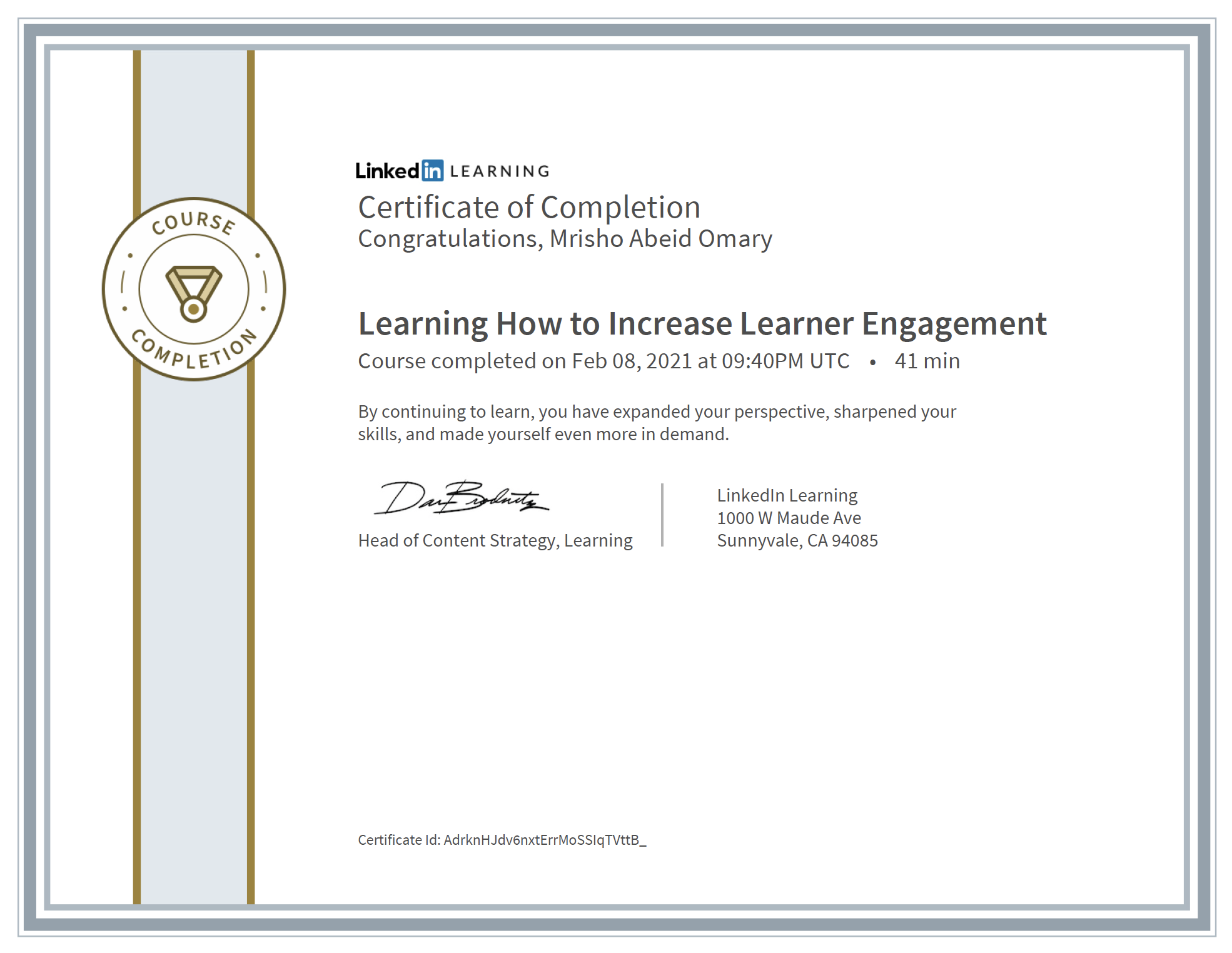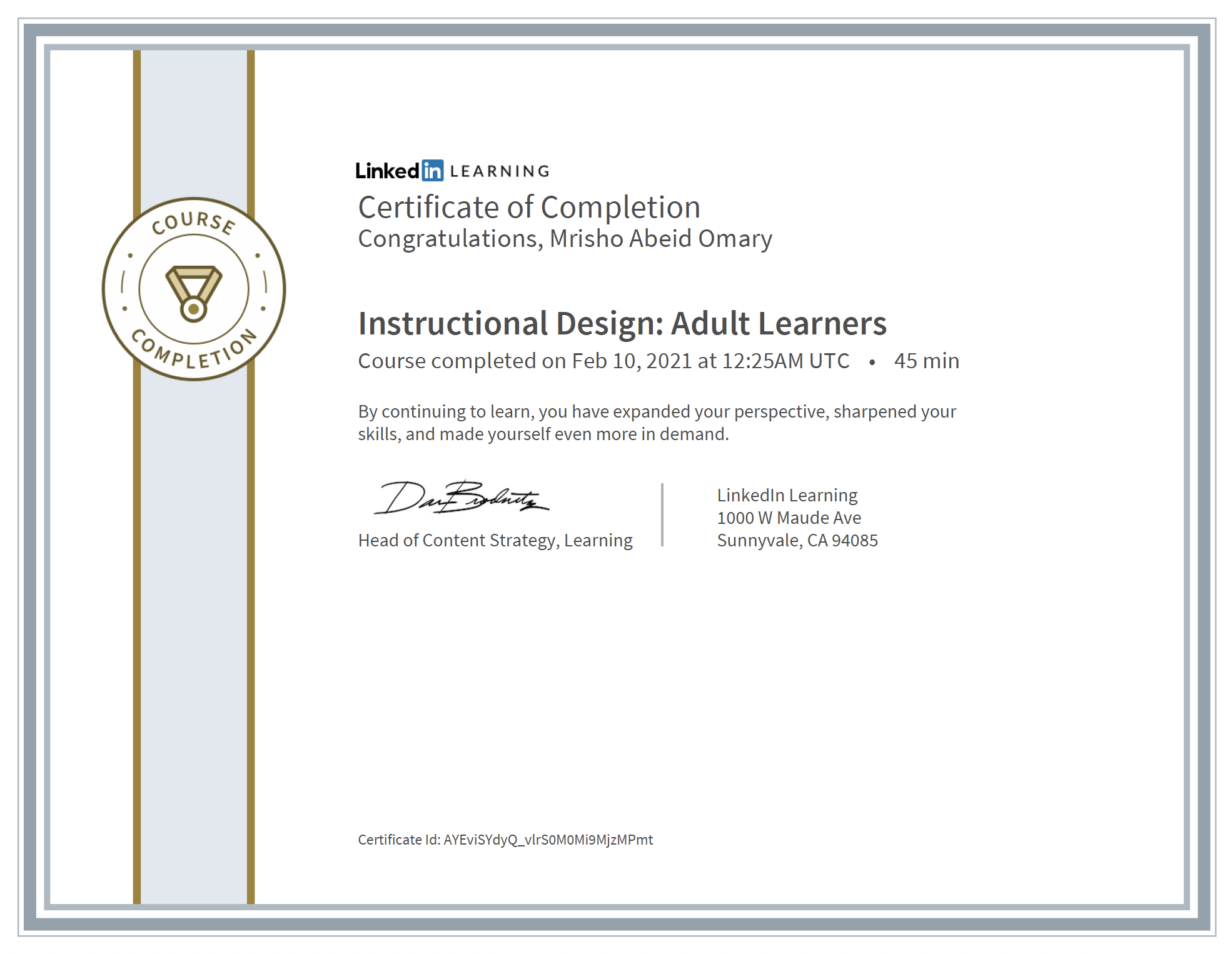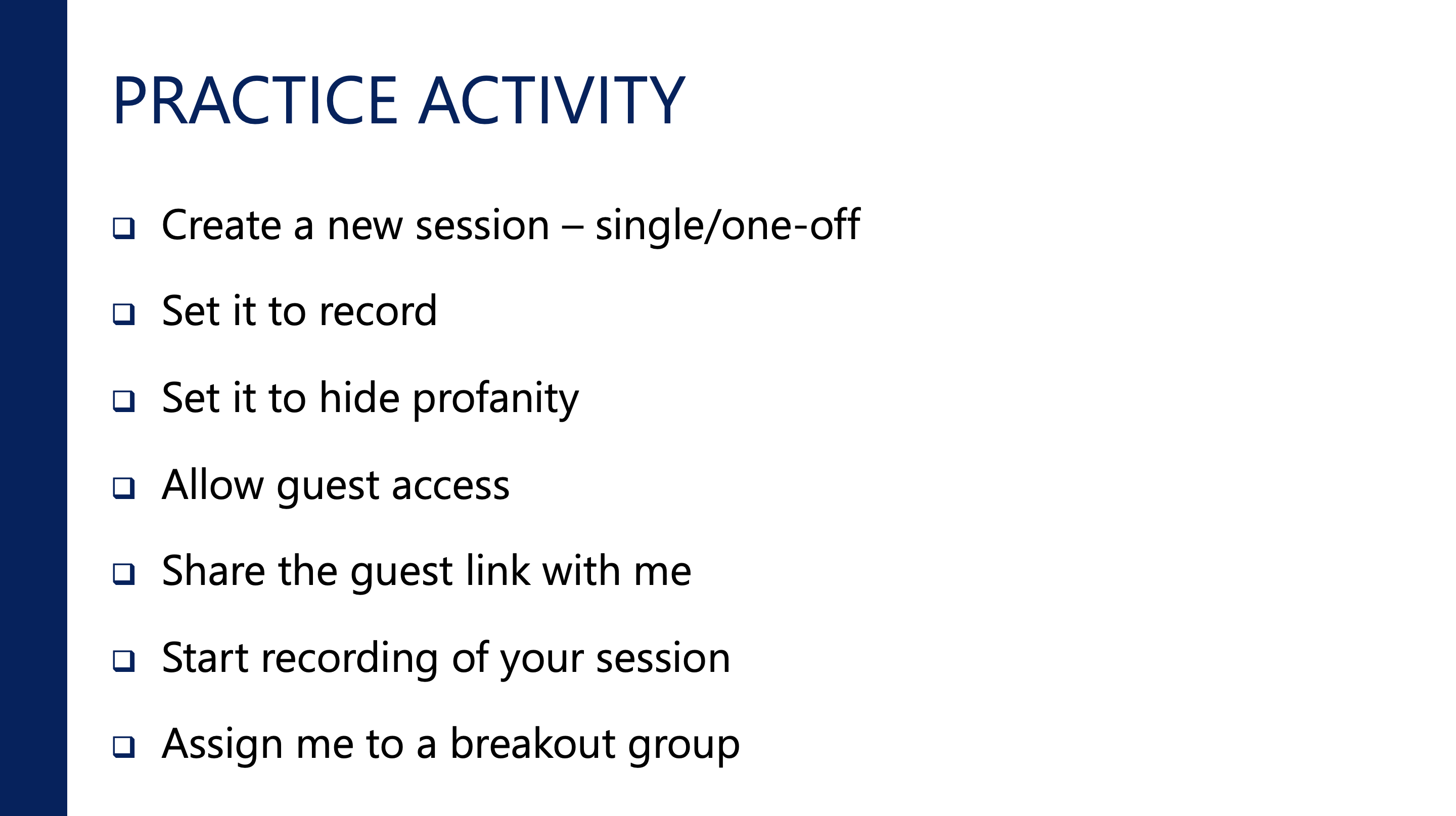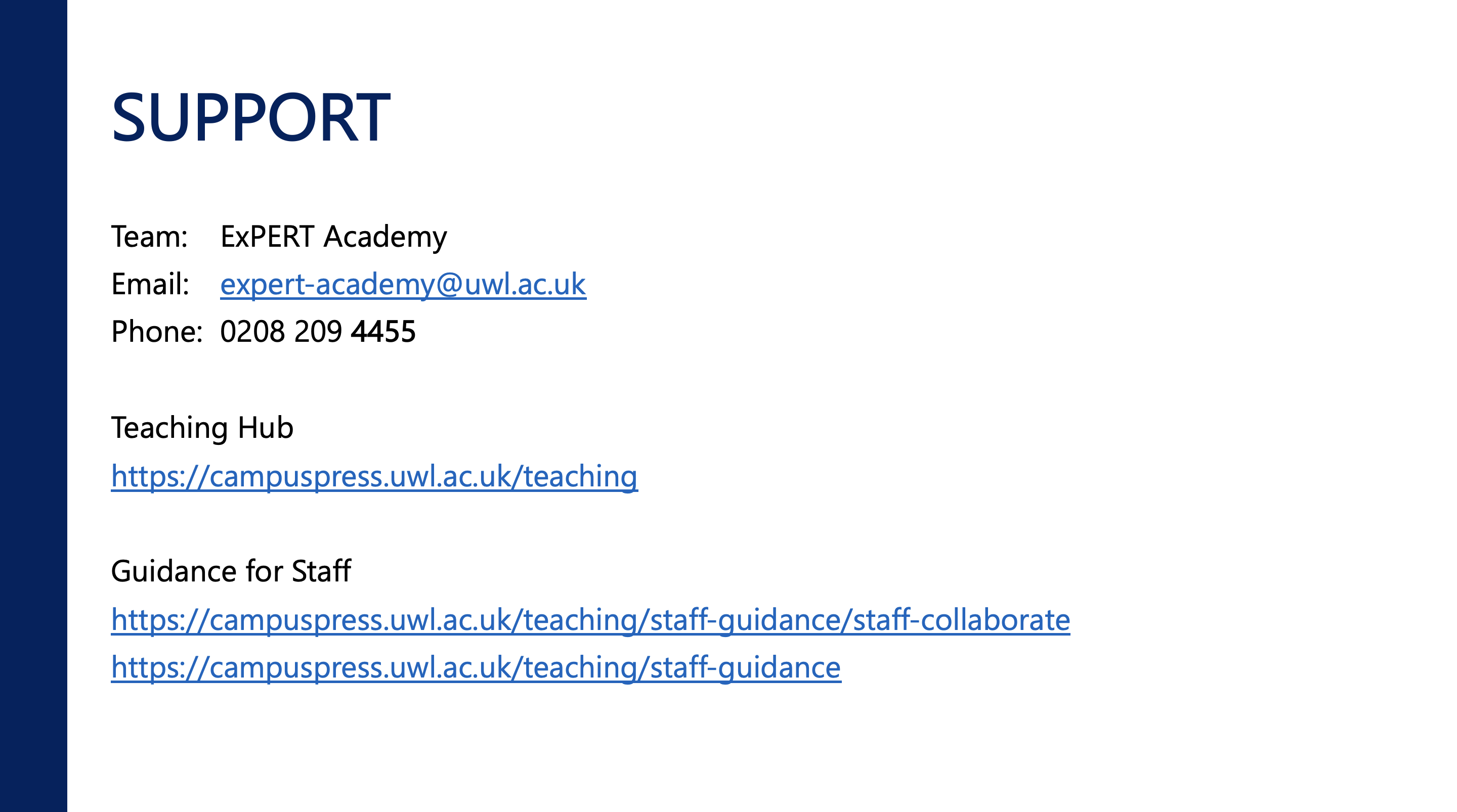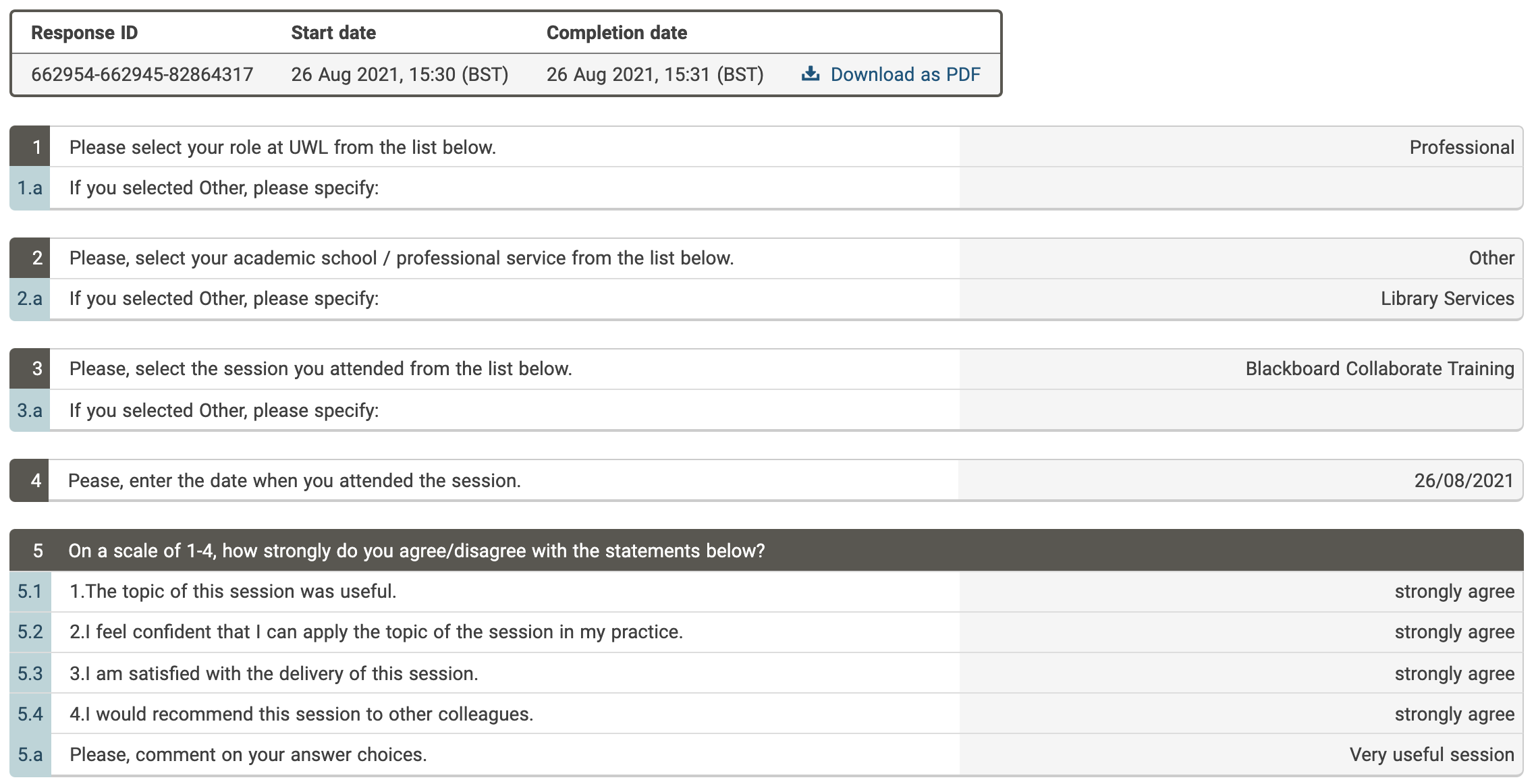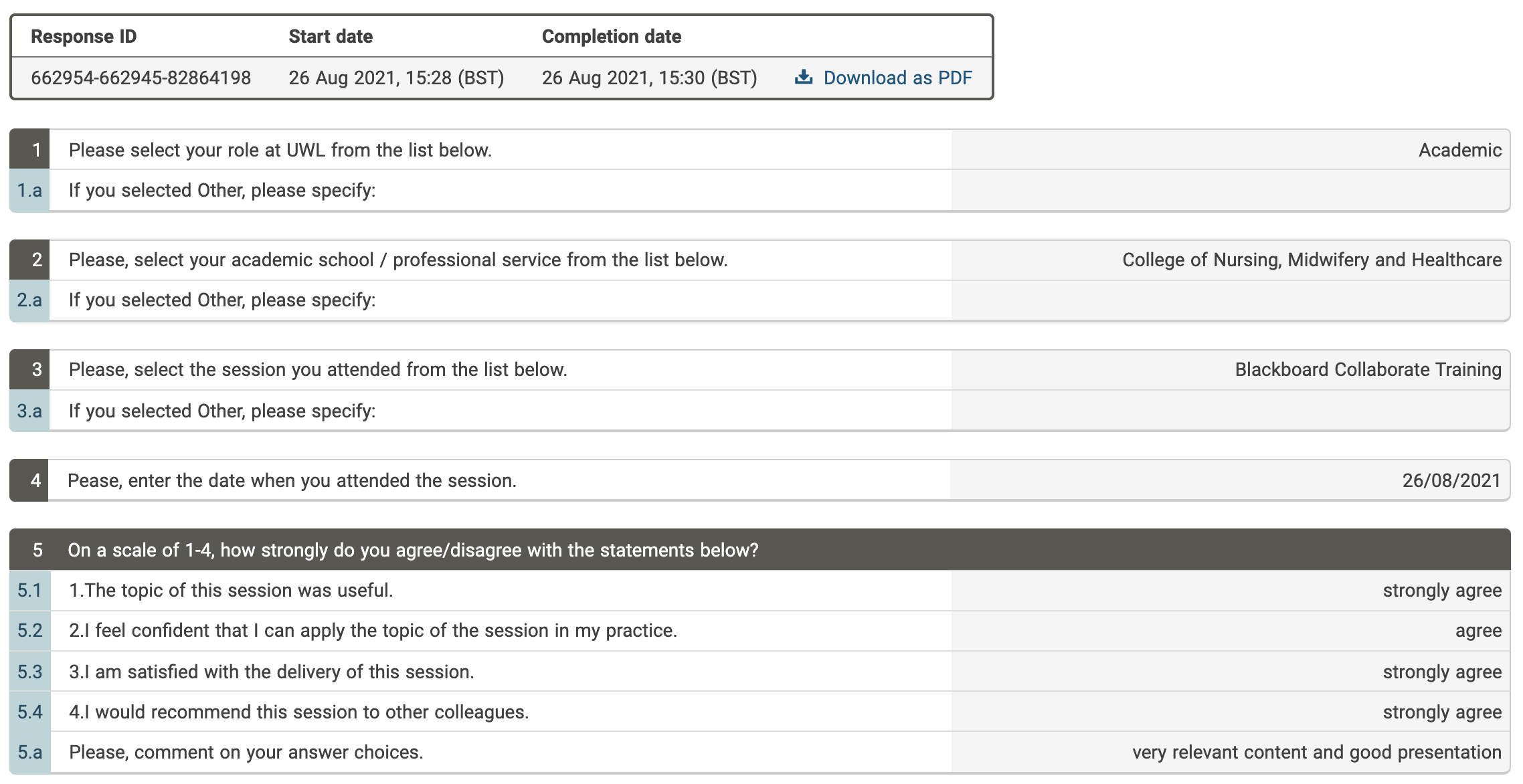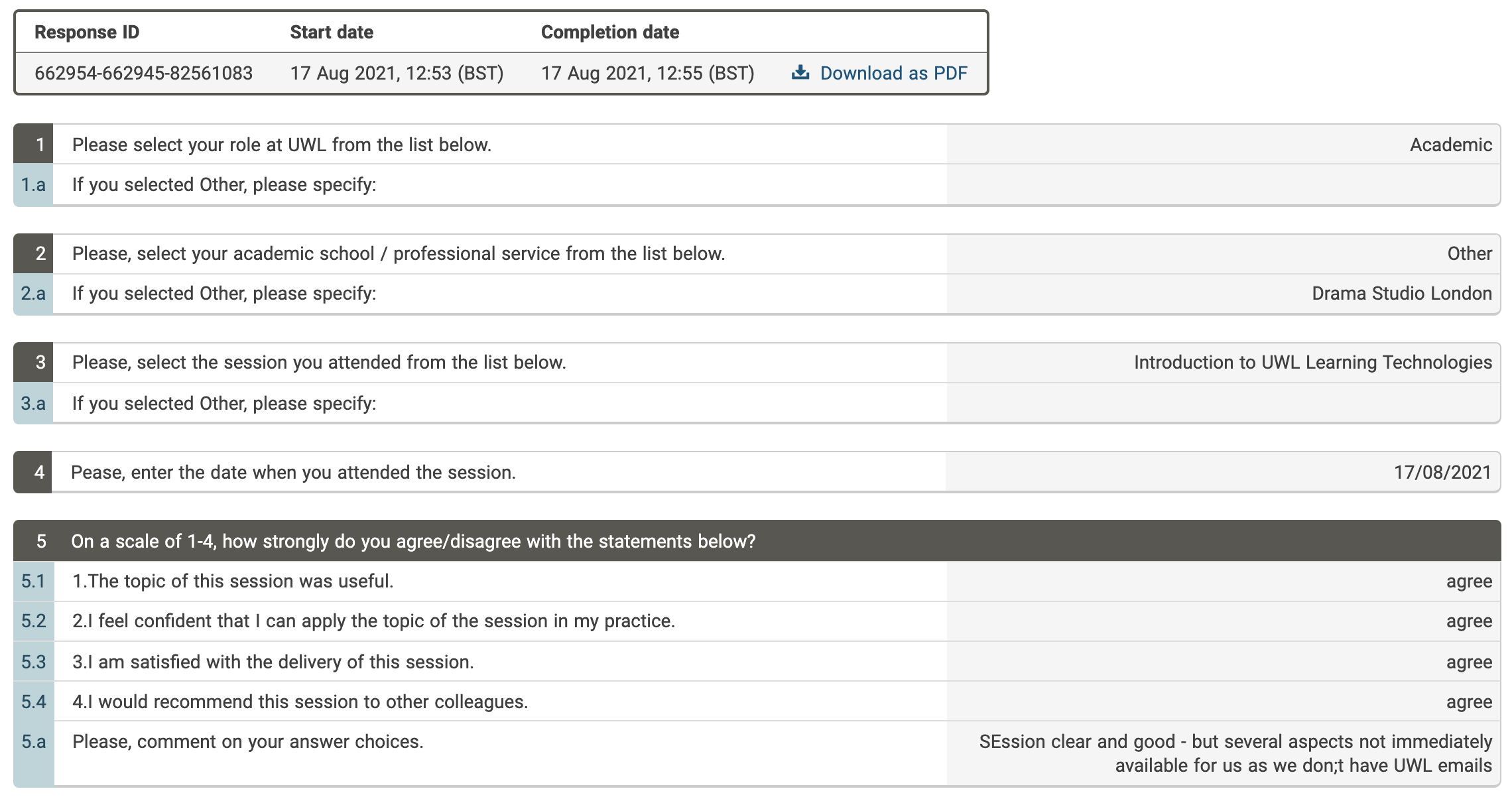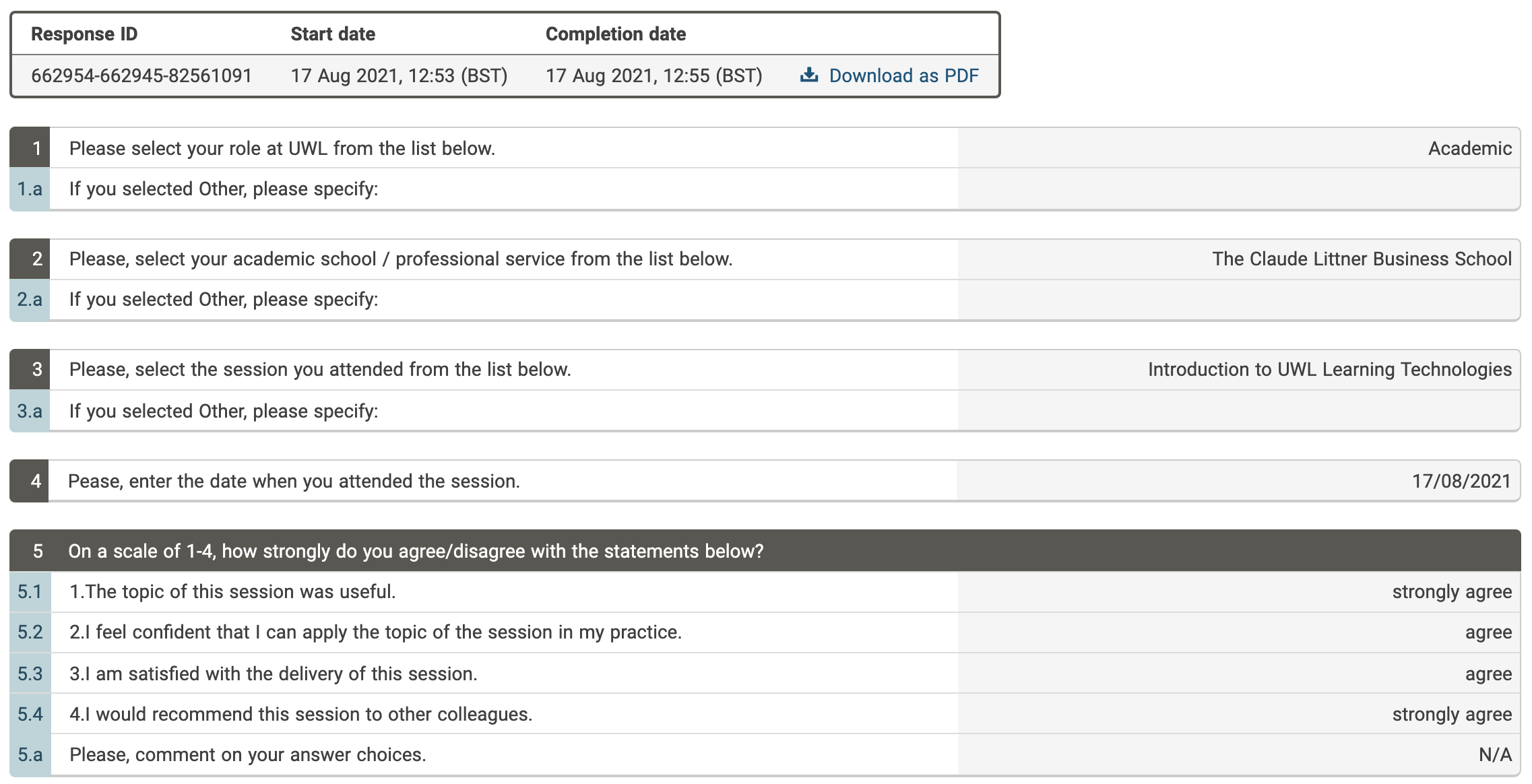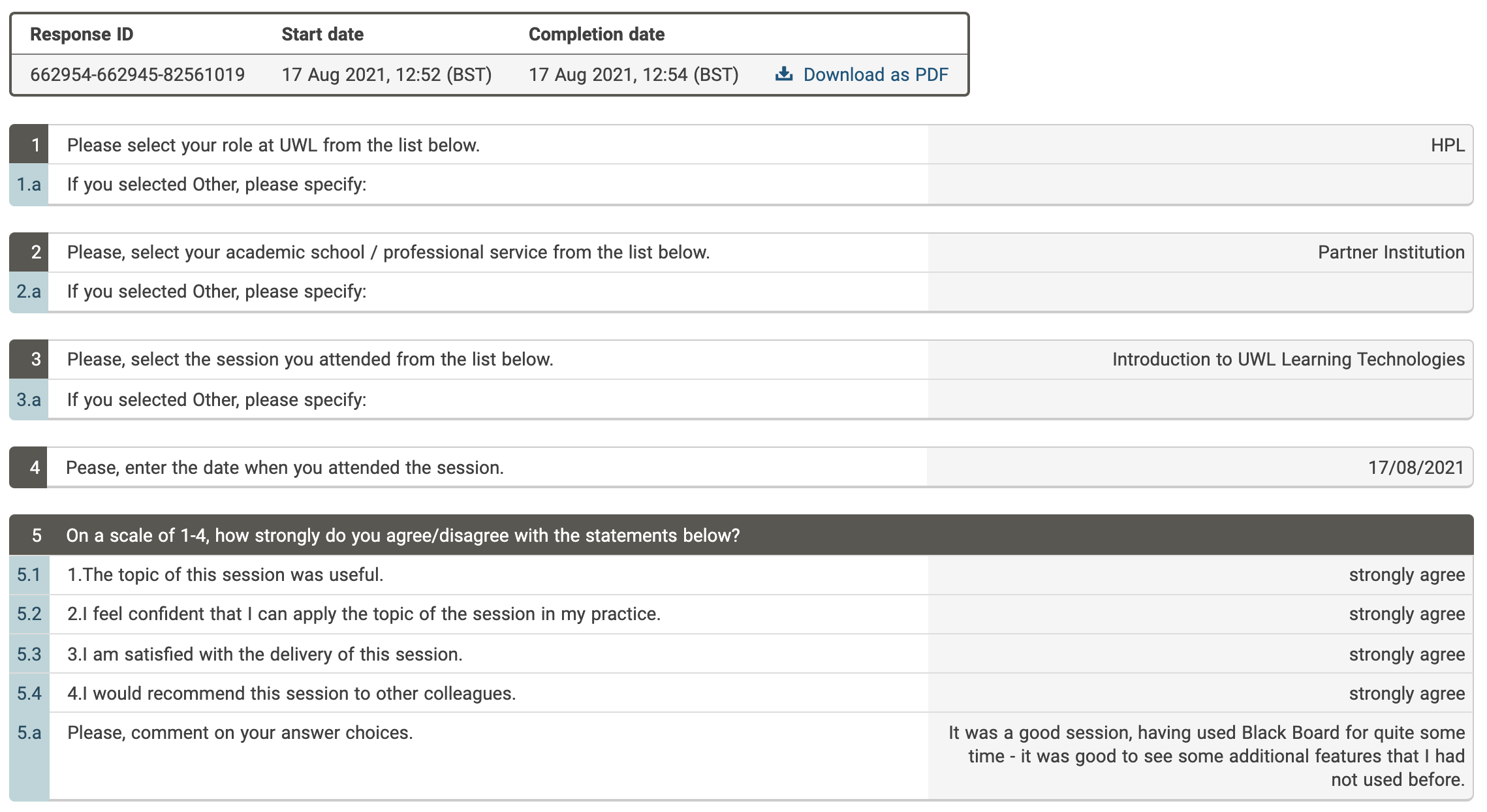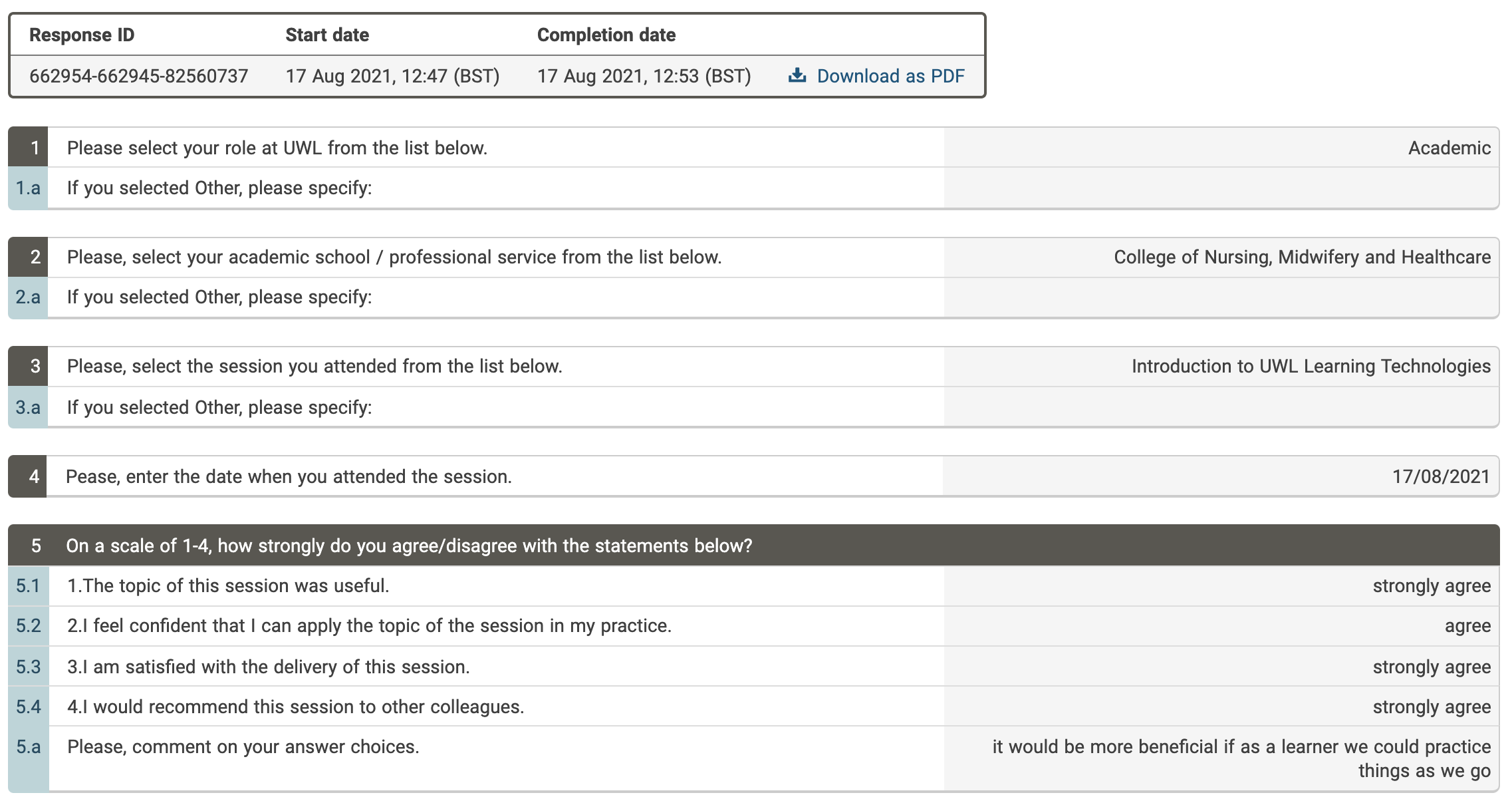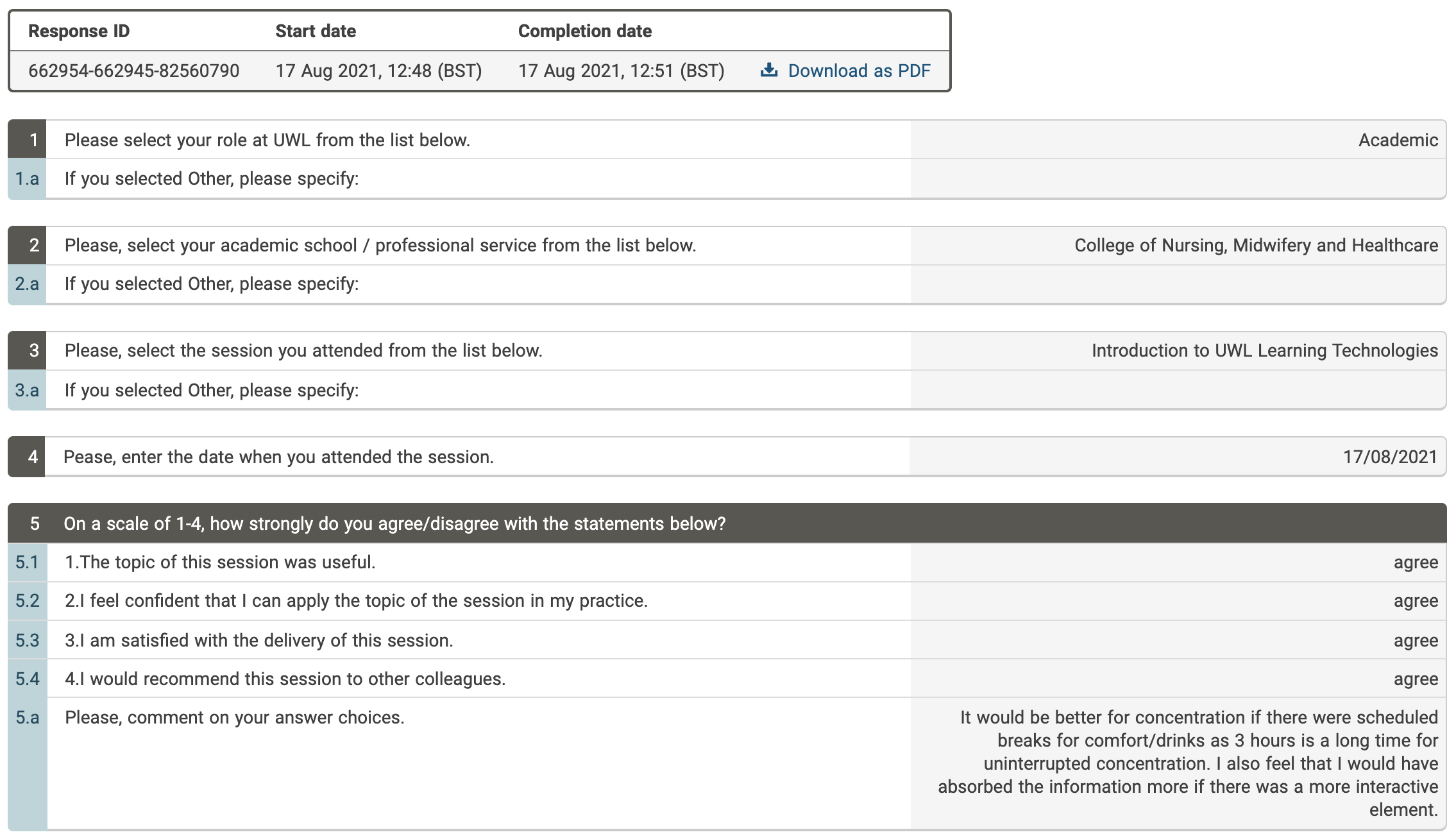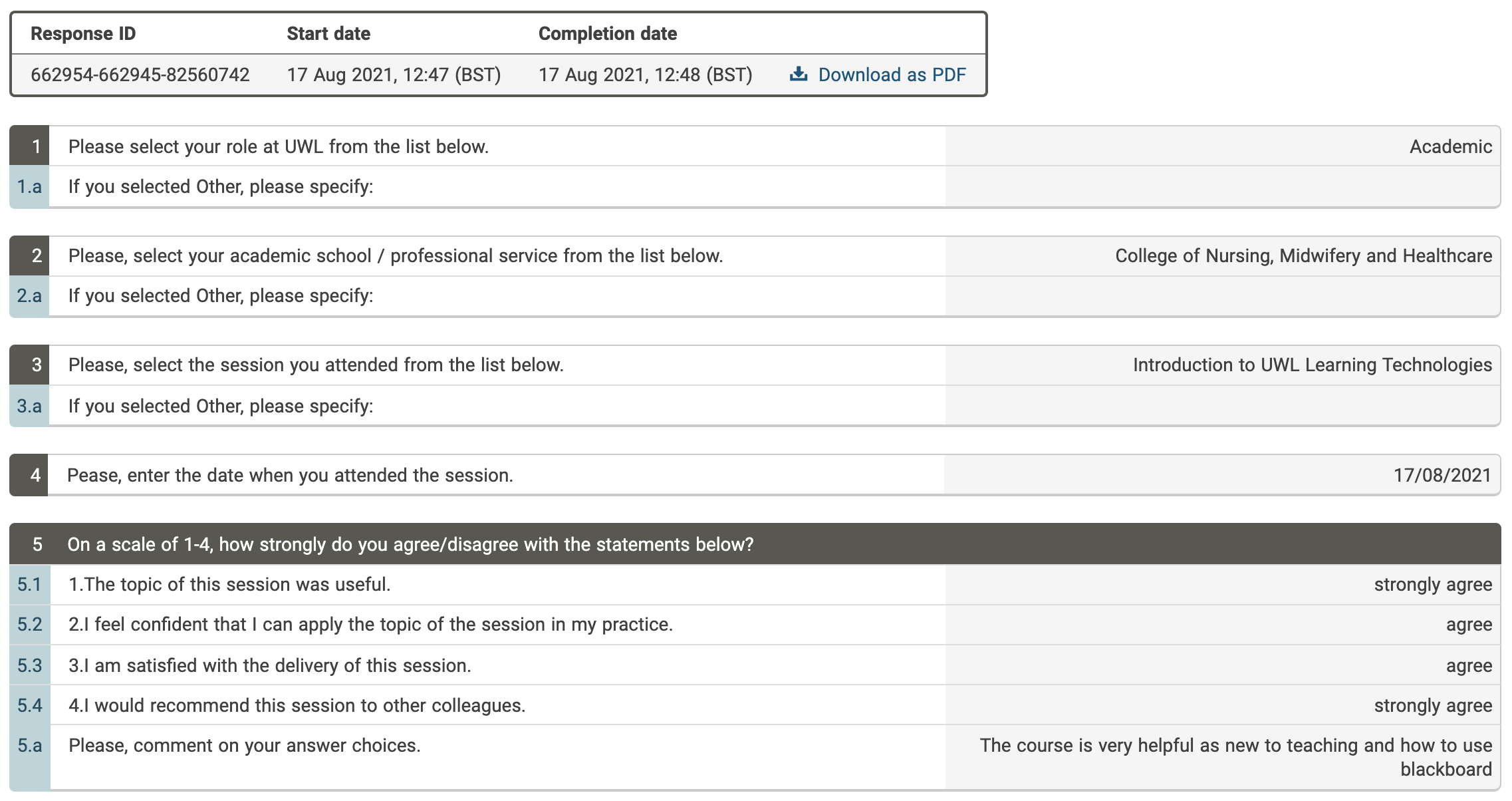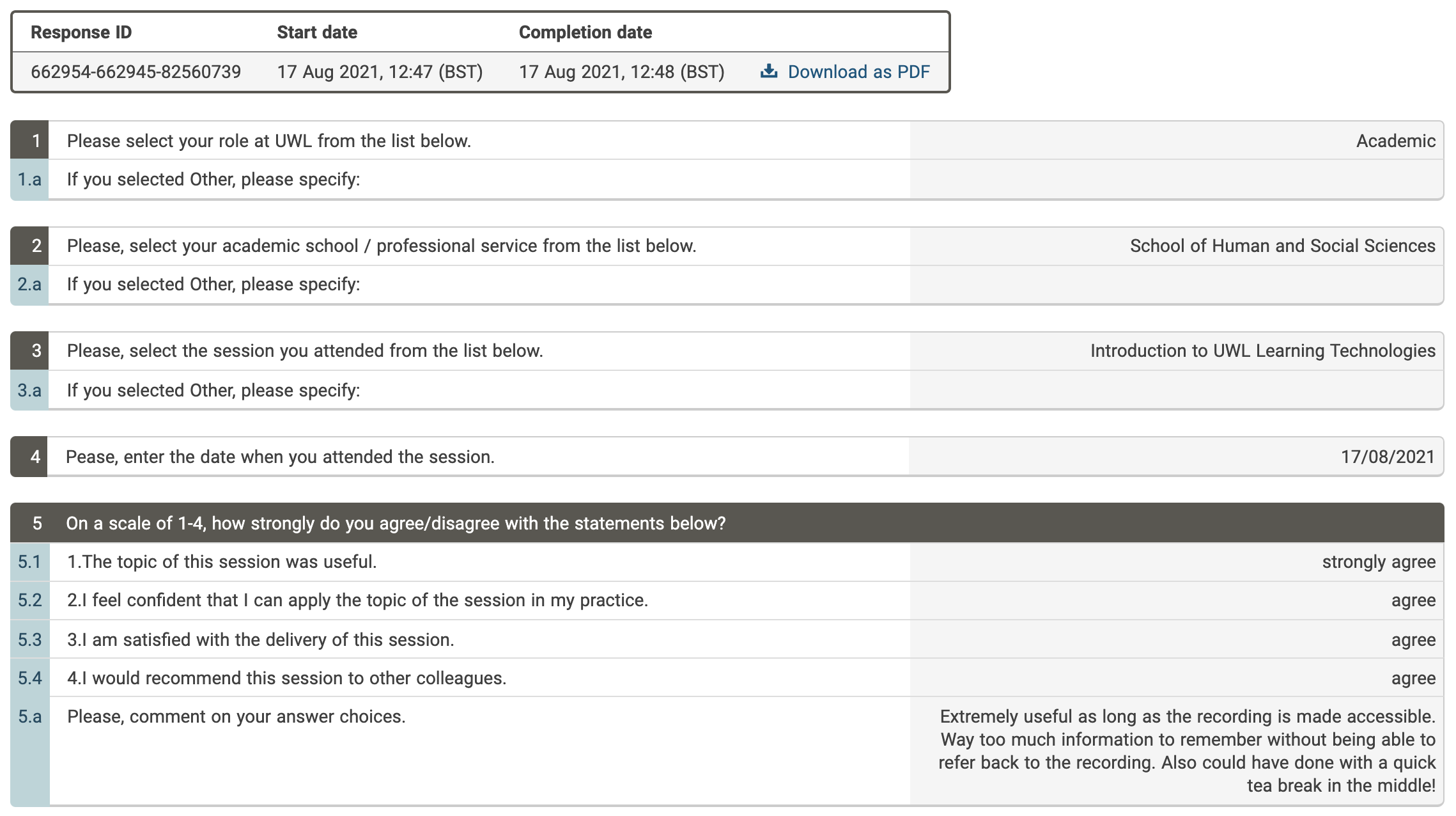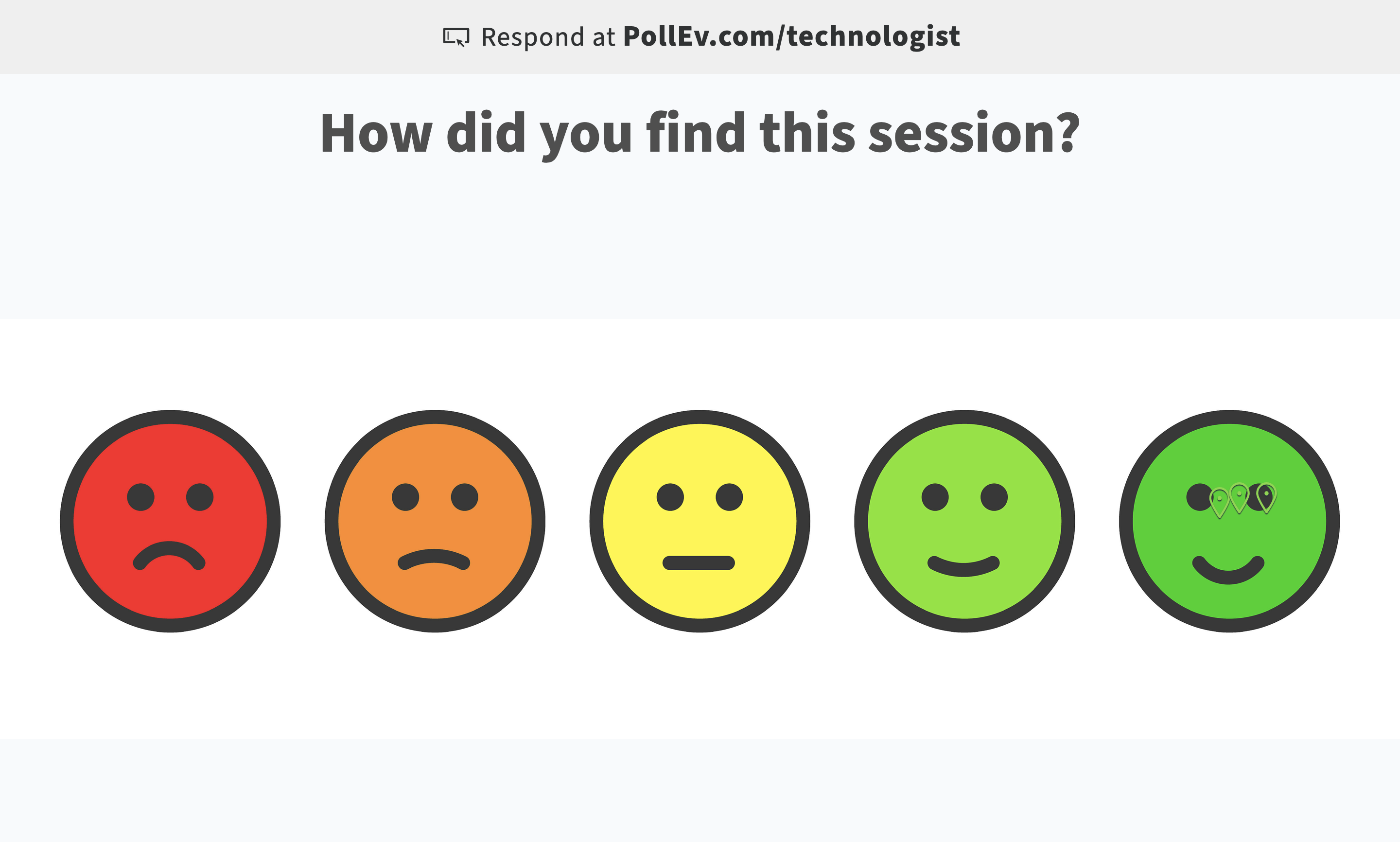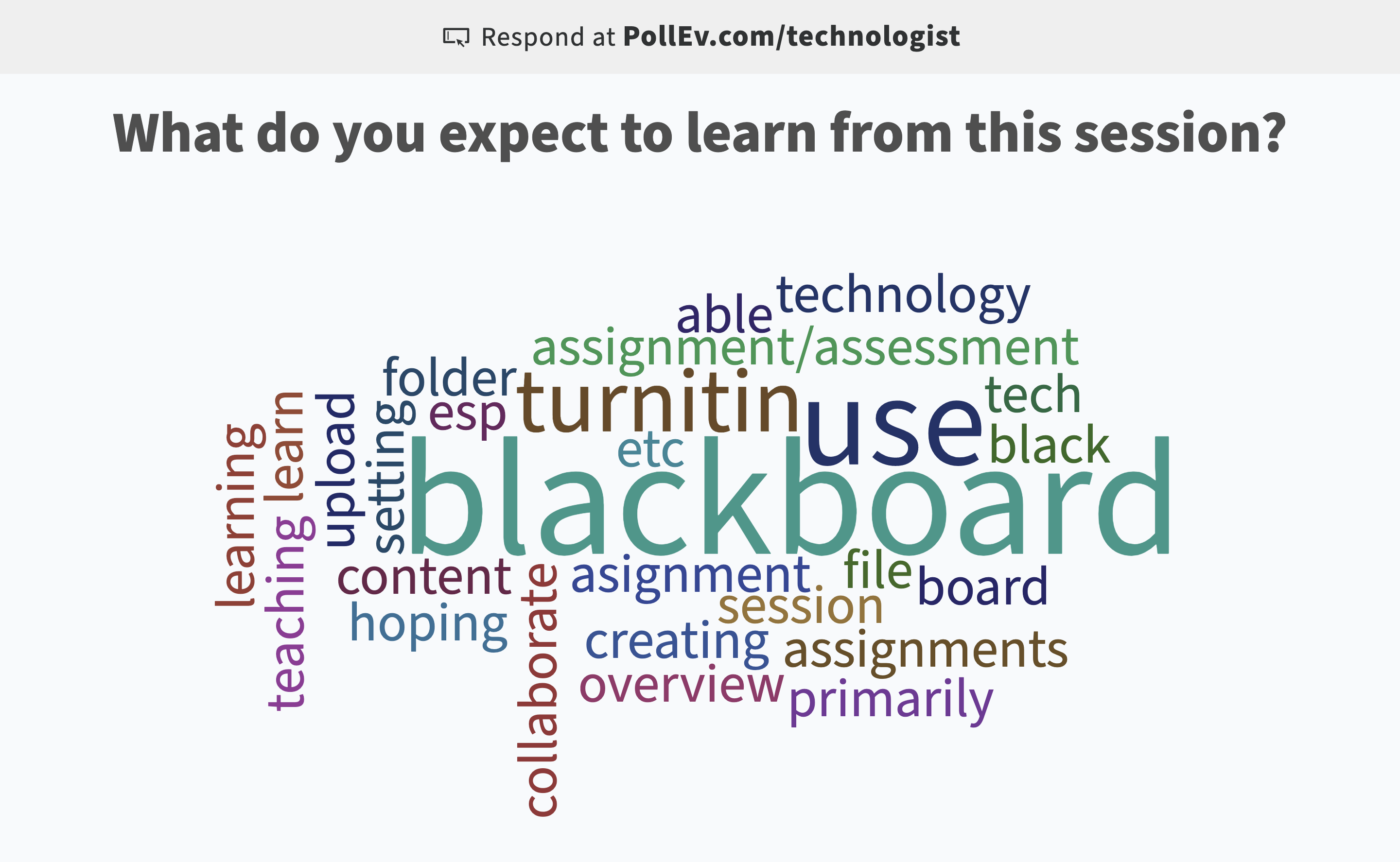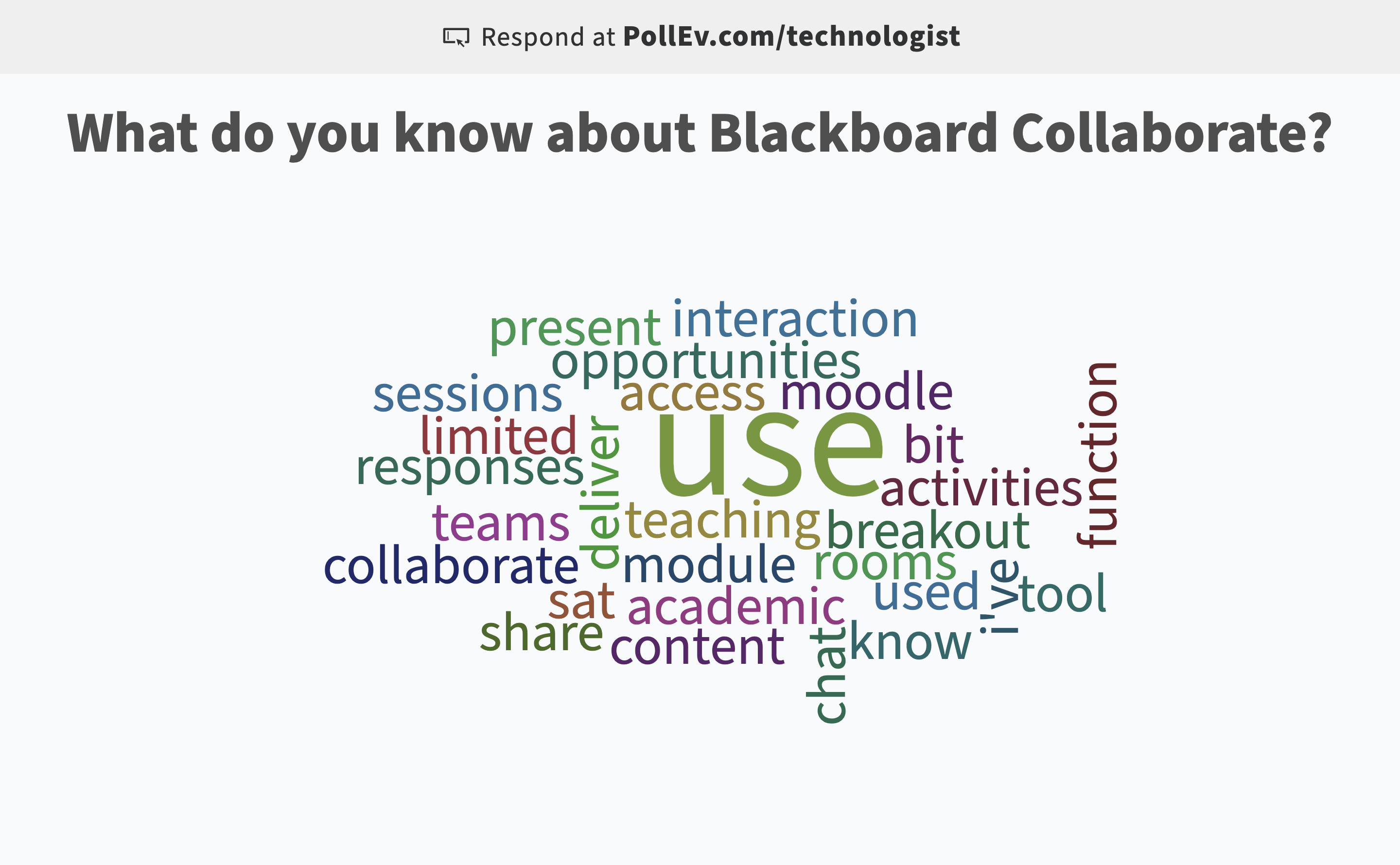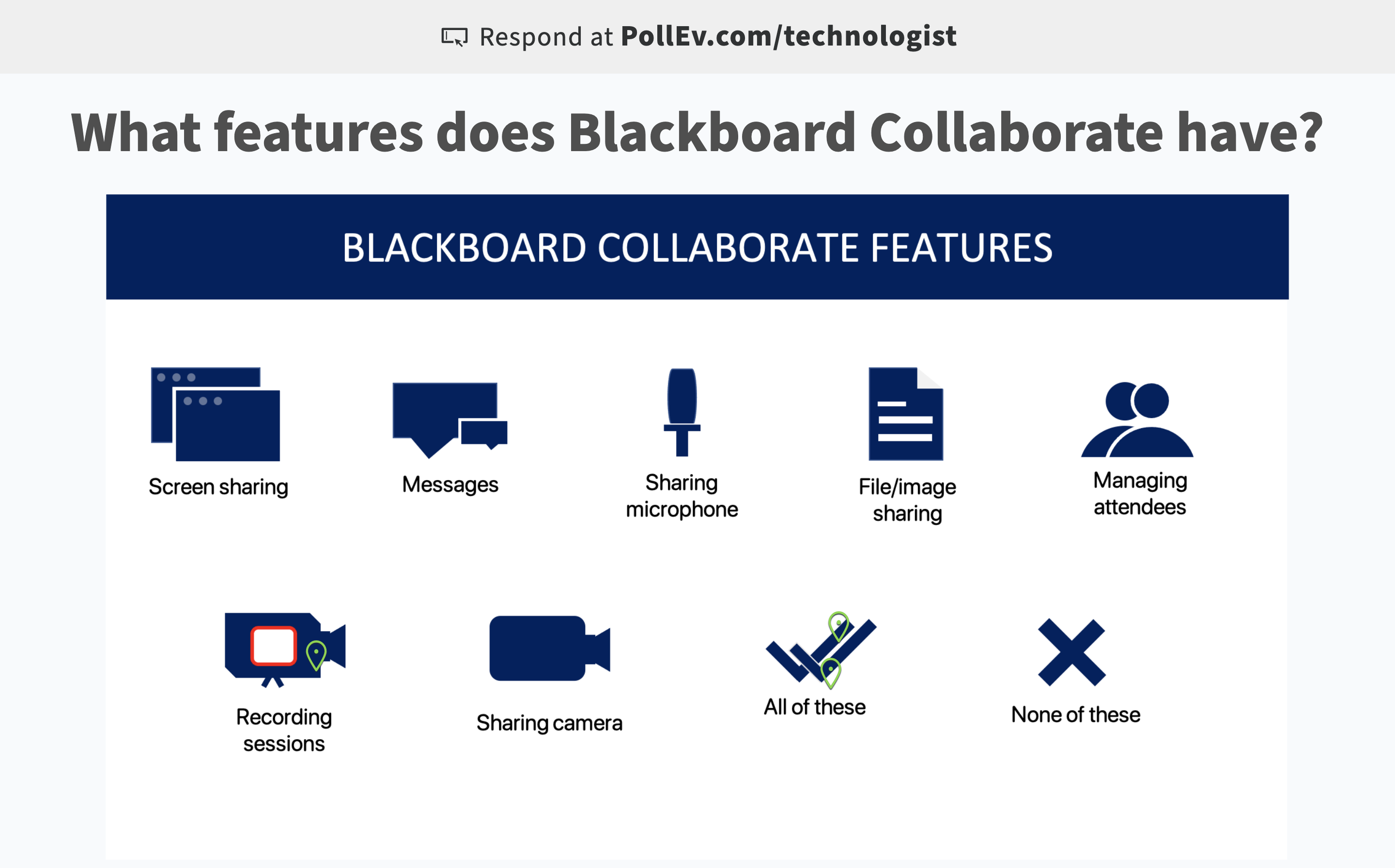Certified Member of the Association for Learning Technology
4b. An understanding of your target learners Reading time: 5 minutes
1Statements should show how you have found out about learners’ needs and the context for their studies, and how you have developed approaches that reflect this.
By Association of Learning Technology
Introduction:
2Increased globalisation around the world has also increased cultural diversity in the workplace (Martin, 2014). 3In turn, this has increased representation in race, ethnicity, language, nationality, religion, and sexual orientation in the community (Amadeo, 2013). With over 900+ academic and support staff, and 13,000+ students from over 60 countries, the University of West London is definitely a culturally diverse workplace.
4With this cultural diversity comes several negative effects as well as positive ones (Al-Jenaibi, 2011, p. 49). One of the biggest problems that I experience when addressing cultrual diversity during my training sessions, is language. With students and staff originating from different backgrounds with different languages, it is always hard to administer training in such situations. The other concern that I face regularly, is the level of which the participants have engaged with or are aware of, the technology. Considering I usually train people of different ages and backgrounds, these 2 key problems are always my first priority to helping me understand my target learners.
As such, to help me mitigate or at least reduce these problems so I can deliver a positive and inclusive training to my target learners, there are several actions that I implement before my training sessions, in addition to using the relevant training in Instructional Design: Adult Learners course that I completed on LinkedIn Learning ( view certificate) . These are:
-
I introduce an "ice-breaker" activity:
I do this to generally help me understand who my target learners are. In this activity, I may ask them anything from their backgrounds ( view) or level of English speaking, to running a poll to ask them how they are feeling on the day of the event. -
Ask them their comfortability and understanding in the use of the technology:
This is to help me knwo how well they understand [( view) and ( view)] and/or have engaged with the learning technology. It also helps me gauge their confidence in its effective use.
With this information, I would have a general or in-depth understanding, which helps me deliver the session in such a way that all participants are included and I am able to engage them equally. During the training, I do the following to address any problems I may have discovered following the first 2 activities:
-
Introducing practice activities:
I create an activity ( view) download full activity that covers everything I have taught in the training and allow some time for the participants to undertake the activity in their own pace. This ensures they are able to practice what they have learnt so they understand it better. This is evidenced to be a proven way of active learning by 5Brabeck, Jeffrey and Fry (2010) and 6Campitelli & Gobet,(2011, p. 280), that ensures retention of information and knowledge. -
Allowing short breaks whenever possible:
These are aimed at allowing the learners to reflect on what they have learnt, practice some things of what I have taught them, and gather questions to ask to help them retain the information well. -
Asking questions during the training:
Throughout the activity, I always ask them whether they have understood what I have covered, and usually repeat important key areas, to ensure have better chances of understanding it more. I learnt that this an effective way of teaching when I completed a course on Learning How To Increase Learner Engagement ( view certificate) on LinkedIn Learning . -
Refraining from using jargons:
When training users who are not necessarily familiar with or comfortable in the use of the learning technology, I always refrain from using jargons or other complicated terminology so as not to confuse them. Whereas when I am training learners who are more comfortable with the technology or have IT backgrounds, I tend use several jargons and industry terms that they may be familiar with. -
Offer additional ongoing support:
I ask all learners how they found the session ( view), and those who need additional support outside of the scheduled training, I always provide them with our team's contact information ( view) where they can reach me if needed. During this time, I can schedule a follow session with them.
Feedback from learners:
The following are some of the comments I received from learners who attended my training sessions. In most cases, they were what I expected, particularly those that requested "short breaks during the sessions". However, in general all learners confirmed that the sessions were useful, they felt confident they can apply the session in their practice, they were satisfied with my delivery, and would recommend the sessions to their colleagues.
NOTE: Select the image to maximize it. You will also be able to view 9 additional images showing feedback from learners for both sessions on Blackboard Collaborate Training and Introduction to UWL Learning Technologies.
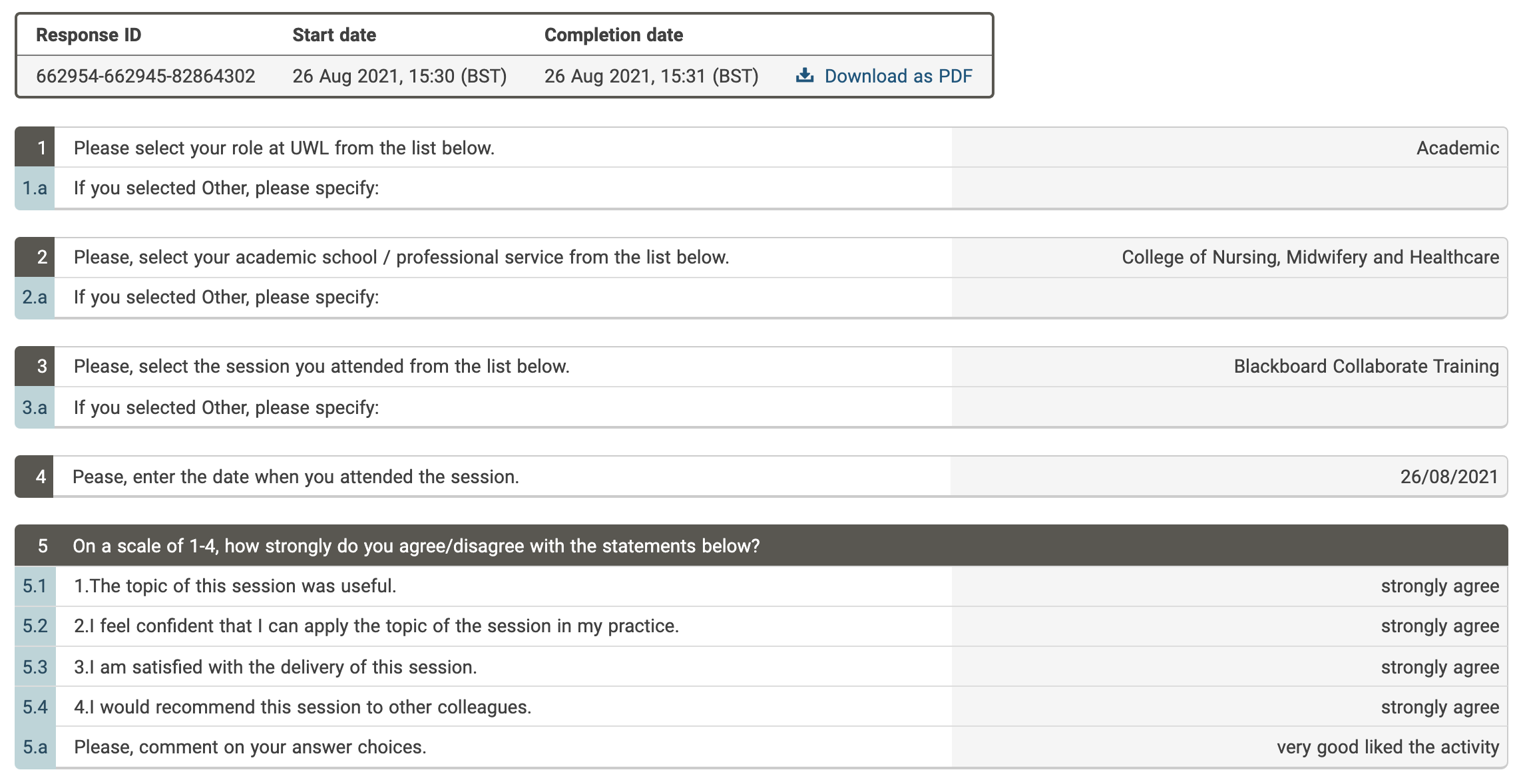
Evidence
Reflection:
The activities I implement at the beginning, during, and end of my training sessions, as well as the courses I have completed on LinkedIn Learning, have most definitely been very useful to me in my practice. Having an understanding of my target learners has meant that I am able to fully engage them and provide them the support they need during and after delivery of my sessions, to ensure they are able to retain the information well, and use it in their practice.
Based on the 2 sessions I have evidenced above, Introduction to UWL Learning Technologies (17 Aug 2021) and Blackboard Collaborate Training (26 Aug 2021), I have clearly seen my shortcomings and was able to make the necessary changes to ensure all future sessions I deliver are effective and useful for my learners. As evidenced in their initial feedback from Introduction to UWL Learning Technologies, some learners requested some breaks [( view) and ( view)] and activities ( view) to be included in the sessions to allow them to reflect on and practice what I have taught them.
Using that feedback, I created a practice activity [( view) - download full activity] for the Blackboard Collaborate session and allowed two 5-minutes breaks during the 2-hours long session. With these two minor changes, the feedback from learners of this session was more positive with some clearly indicating that the activity provided was good and they liked it ( view). With this in mind, I have since made changes to all my future training sessions to ensure I include at least one or two breaks depending on the length of the session, and also include some activities to allow my learners to practice what I teach them.
Though the changes I have implemented based on initial feedback have proven to be very successful, I know I would benefit more in attaining the necessary certifications in learning and teaching, particularly adult learners. As such, I aim to continue learning more courses offered on LinkedIn Learning around learner engagement, instructional design, and learning to learn and teach online, and to attain a Postgraduate Certificate in Professional Academic Practice (PgCert PAP) and an Associate Fellowship with Higher Education Academy (AFHEA) . This is evidenced in my future plans for this e-portfolio.
1Association for Learning Technology [ALT] (2020) "CMALT Accreditation Framework" | 2Gillian Coote Martin (2014) "The Effects Of Cultural Diversity In The Workplace" | 3Kimberly Amadeo (2013). "Cultural Diversity" | 4Badreya Al-Jenaibi (2011). "The scope and impact of workplace diversity in the United Arab Emirates an initial study" | 5Mary Brabeck, Jill Jeffrey and Sara Fry (2010). "Practice for Knowledge Acquisition (Not Drill and Kill)" | 6Guillermo Campitelli and Fernand Gobet (2011). "Deliberate Practice: Necessary But Not Sufficient"
Previous
Learning and assessment processNext
The Wider ContextLast updated: Monday, 12th September 2022 By: Mrisho "M" Abeid Omary

